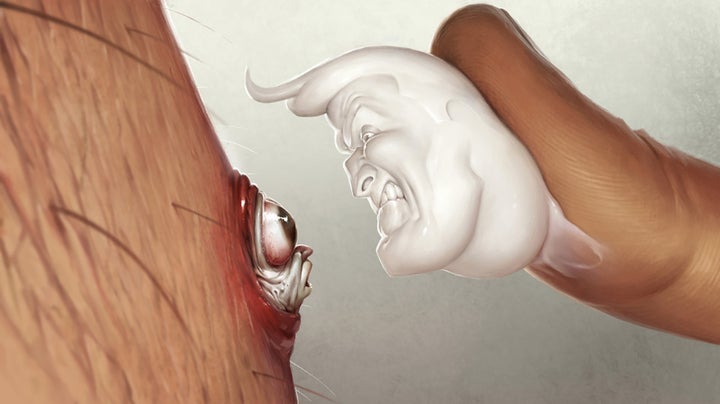If I were to ask a handful of consumers to name the brands with the “coolest” digital campaigns they might say TOMS Shoes, a company that began with matching every pair of shoes purchased with a new pair of shoes for a child in need. TOMS has a virtual reality chair, and you can go on a “Virtual Giving Trip.” Or, perhaps someone may mention Game of Thrones, which is the American drama TV series that premiered on HBO. Game of Thrones launched a traveling exhibition for show fans that is multi-sensory. There are also other recognizable brand campaigns that use Computer Generated Imagery (CGI) including Toyota, Chanel Watches and HBO.
However, you wouldn’t expect anyone to mention companies in the pharmaceutical industry. Would you?
Move Over Old Communication Models, Digital is Here
Actually, pharmaceutical companies have come a long way in providing accurate information and better ways to reach consumers, finding communication that is less of an interruption and becoming more of a helpful resource. Pharma companies have to try harder. The old model of doctors meeting with pharma reps, who share educational materials they can use for their patients, is both time intensive and expensive. Their older, face-to-face model with reps is failing on so many different levels. Here’s why:
Consumers are taking greater control of their healthcare than in years past through different channels where they can access information from trusted peers.
Healthcare consumers often consult Google first. They search medical websites (Web MD pops into my mind) to access information, relying less on their doctors. They join online communities that focus on specific health conditions and concerns.
To communicate with patients effectively and to meet their needs and expectations the pharma model has had to evolve. Those drug advertisements and educational materials displayed prominently in a doctor’s office in years past are no longer displayed as often, and when they are, these materials no longer engage the target consumers. Today, pharma’s success relies on a digital transformation that goes beyond what many would have ever imagined.
Time to Innovate and Experiment
Pharmaceutical companies are innovating and experimenting with new communication tools and technologies every day. It’s no longer a choice. They have to use these new technologies in strategic ways in order to communicate with consumers who are using different media and have shorter attention spans. These new tools have opened the door to more creative storytelling. For example, the company Galderma launched a campaign for a rosacea treatment called Soolantra.
“We started with a classic story archetype, ‘good guys vs. bad guys,’” stated Erik Semmelhack, President of Ars Thanea in New York, the CGI production shop that collaborated with McCann Echo on the campaign. He shared how during the initial stages of their work, the challenge was to explore how to create engaging imagery depicting the clash between the heroes (the rosacea medication) and the villains (the skin affliction). “CGI was the technique that was best suited to this artistic challenge, as it gave the design team precise control of the emotional impact,” he said. The Soolantra campaign ended up winning a Cannes Lions award.

Moving Forward with Advanced Technologies
This is only the beginning. We’re going to see pharmaceutical companies extend beyond the marketing of new drugs, devices and patient education materials for doctors. There are other strategic uses for new technologies. For example, pharmaceutical companies need to recruit top talent for the industry. They are using storytelling techniques that includes Augmented Reality (AR) and Virtual Reality (VR) to communicate with potential company recruits.
For example, Bayer has created VR experiences to use at career fairs which offer an immersive view of what it’s like to work at Bayer. Potential candidates “visit” different offices, learn about the qualifications required to enter different disciplines, and more.
Digital technologies are taking off in many different industries and pharmaceutical is poised for advancement. We’ll be seeing much more from pharma in the years ahead. “Pharma is figuring out how advanced technologies can streamline and enhance the physician’s ability to do their job. For patients, it’s beginning to tap the capabilities of Artificial Intelligence (AI) and voice technology to help patients,” said Semmelhack.
So the next time you think of brand storytelling and digital creative campaigns … media, beverage, automobiles, retail and now pharmaceutical companies should pop into your mind!
